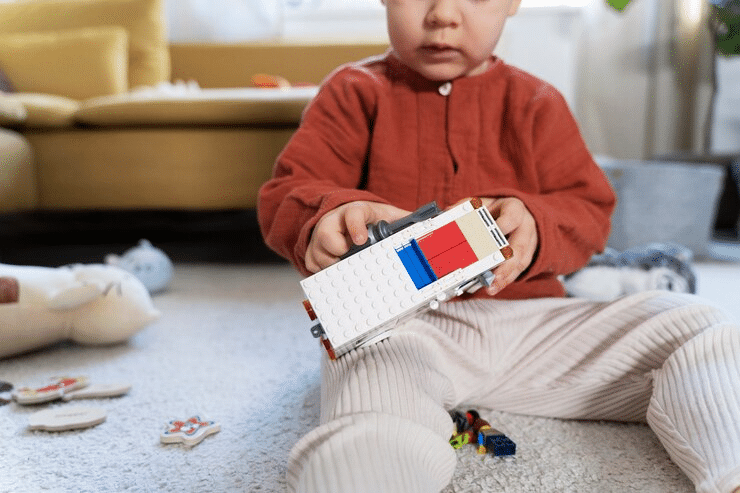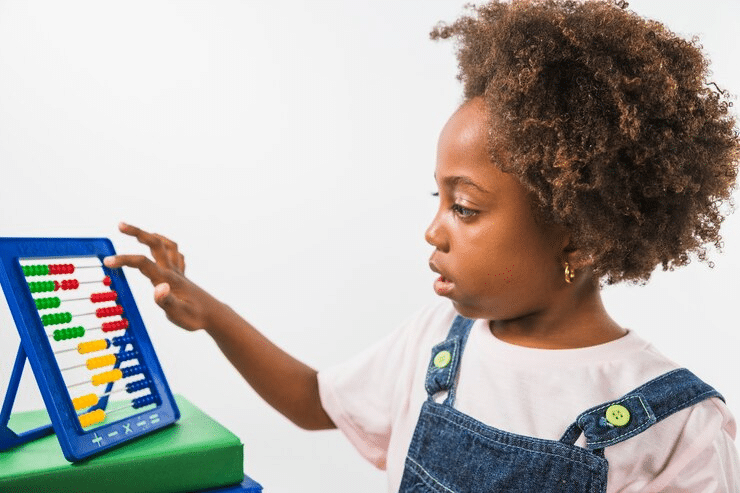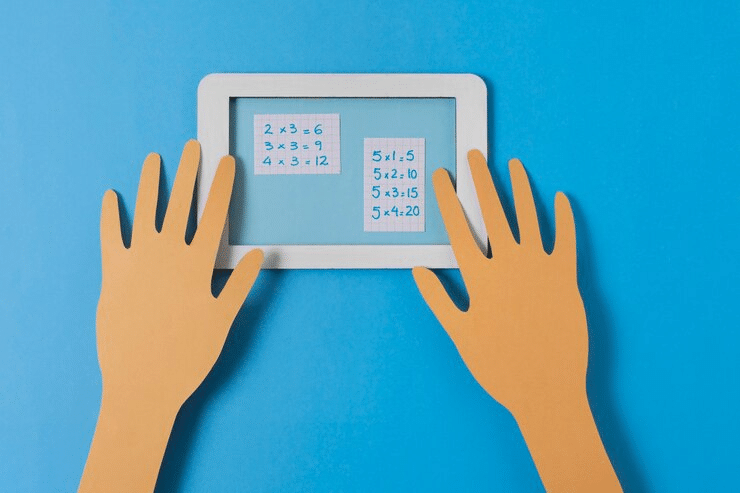6 Advantages Of AAC Devices For Autism
Sometimes, in a world of verbal communication, the silence of a child trying to communicate themselves can be deafening. What if, as young boys, their bright eyes and creative imagination become trapped inside a bubble filled with unexpressed thoughts and feelings?
He sees his peers chatting, laughing, and making new connections; he is isolated and overlooked daily. For many children on the autism spectrum, this is an all too common scenario of heart-wrenching pain.
However, augmentative and alternative communication (AAC) devices can change this story.
AAC devices for autism are technological tools that support children with communication difficulties. Here are six advantages these devices offer and how they give people with autism the power to share their thoughts, needs, and emotions.
The Benefits of AAC Devices for Autistic Children

1. Enhanced Communication
CDC data indicates that about 50% of diagnosed children with autism have severe communication problems. Many have verbal communication difficulties. The best AAC devices for autism offer a vital solution. They help bridge this communication gap through various methods.
For example, these methods may include Picture Exchange Communication Systems (PECS), tablet-based apps such as Proloquo2Go, which allow users to create sentences using pictures and pictures, and speech-generating devices with vocal output.
These tools enable users to communicate better or express their needs and feelings. They provide receptive and expressive language skills. AAC devices offer multiple communication options, decreasing feelings of isolation and allowing people on the spectrum to meet more fully with others.
2. Reduced Frustration and Anxiety
Communication problems often provoke emotional stress and aggravation in people with autism. However, studies reveal that about 70% of parents said behavioral issues were reduced once AAC devices were introduced to their children.
These tools are essential for expressing ourselves and our needs and feelings better. For example, individuals can be taught to say ‘break!’ when needed or to let people know if a situation is uncomfortable instead of bursting out.
Parents and educators report that children with AAC devices have fewer tantrums and challenging behaviors. Some case studies show substantial improvements. Users can use these assistive technologies to communicate needs and feelings in a way they couldn’t before, thus reducing their anxiety-related behavior.
3. Increased Independence

These AAC devices allow individuals with autism to express choices and needs independently. This promotes independence and self-esteem, enhancing the user’s self-confidence and autonomy.
The devices equip people to accomplish routine functions independently, including ordering food in restaurants and requesting homework help. Introducing AAC devices improves the assertiveness of many children in their families.
For instance, users can be involved in group activities by expressing their preferences on their devices.
These tools are helpful not only for allowing independent decision-making in different instances, such as choosing the flavors of ice cream for family outings or about the intake of social activities, but also for increasing the quality of life.
4. Improved Social Interaction
People with autism have communication difficulties that often make social interactions difficult. An essential focus of ASHA research highlights the importance of effective communication in relations and social engagement.
Online resources can enhance the functionality of AAC devices, which are vital for language tools. Children using AAC devices are likelier to interact with peers during playtime than those without.
The social skills can be supported by parents and educators demonstrating the appropriate use of AAC in group settings.
For instance, when students have recess and no longer have devices, they can now use those devices to talk with their classmates about common interests. AAC device role-playing scenarios help develop communication skills, meaningful social connections, friendships, and a social life.
5. Educational Benefits
AAC devices support communication in educational settings, which is essential for the academic success of students with autism. Students who use these tools participate more in class than their peers who do not.
Thoughts written on paper consistently allow students to participate in discussions and collaborative activities. Teachers have reported that introducing AAC devices significantly increases student participation and confidence.
For instance, students who became shy because they feared speaking can now confidently share their ideas during class discussions. They can also present projects to their classmates without fearing their peers. With automated communication, education becomes more accessible and stimulating for students.
6. Long-Term Positive Impact

The outcomes of early intervention with AAC devices in people with autism are crucial to understanding long-term or late outcomes. Studies have shown that the earlier these tools are introduced, the more frequently they will be used and the more influential the communication strategies will be.
A longitudinal study of children with ASD using AAC devices early in life revealed marked improvements in communication skills. These improvements are not just essential communication; they affect many areas of life, including home, school, and work.
One recent survey of adults with autism found that 80% using AAC had more social connections than those without access to these tools. The ability to communicate better helps individuals grow both personally and socially.
Conclusion
AAC devices offer significant benefits for individuals on the autism spectrum. Choosing the best service with access to these vital tools is best. Everyone should be able to express themselves entirely and meaningfully as part of the global conversation.
As a beacon of hope for many families on this mission of understanding and accepting autism, let us welcome the power of AAC technology. We hope it’s as a voiceless chorus to deliver another loud one.







